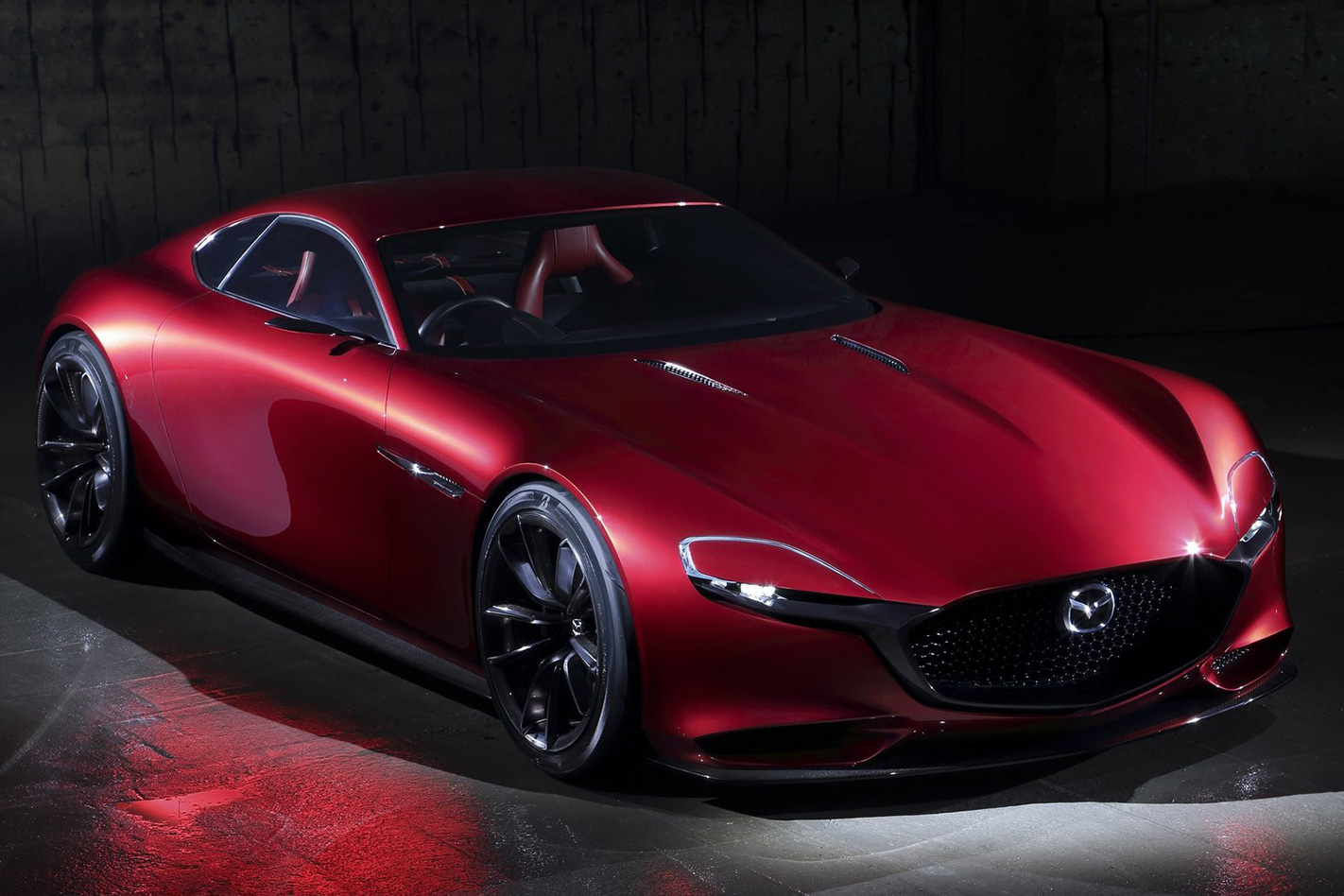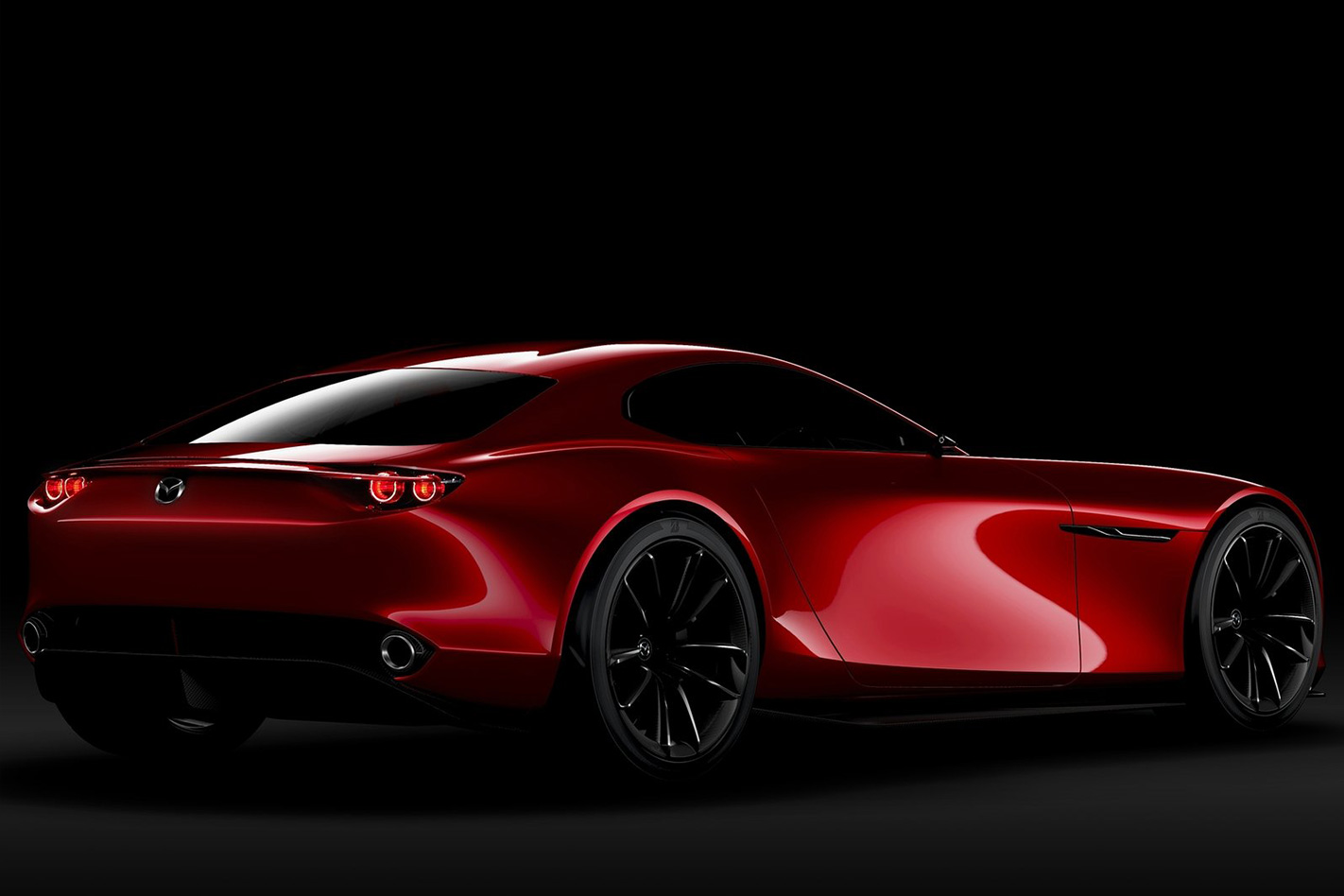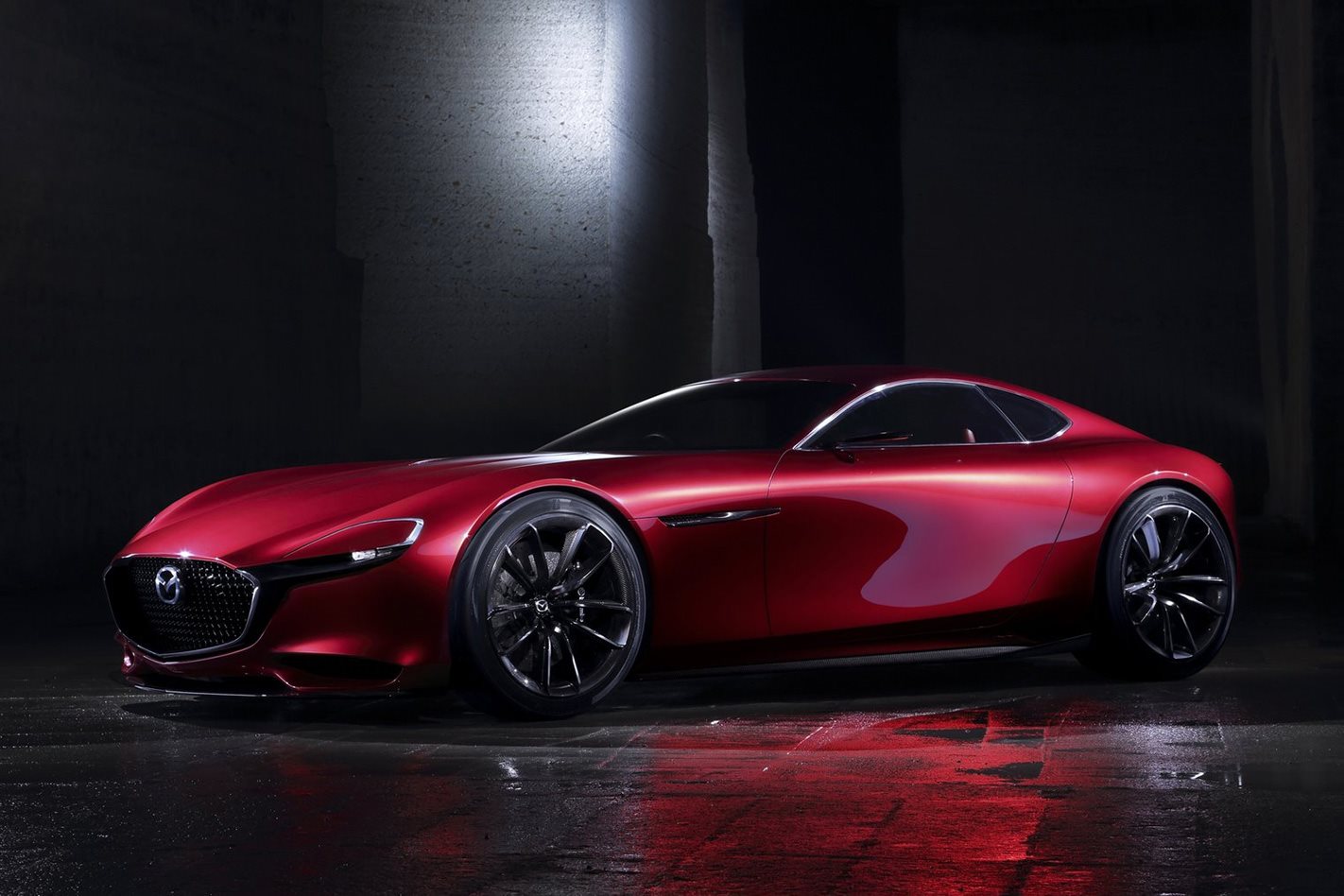A ROTARY revival isn’t going to happen this decade.
In fact, despite displaying the tantalising RX Vision concept at the 2015 Tokyo Motor Show and receiving an overwhelmingly positive response, Mazda has yet to officially commence the design process for a rotary-powered sports car – a process that can take upwards of three years.
Rumours that Mazda would gift itself the successor to the RX-7 and RX-8 during its centennial year in 2020 appear to be incorrect.
Why? The answer is simple – Mazda’s status as a relative minnow in the automotive world means it can’t justify the development spend to build a car as specialised as a rear-driven sports coupe powered by spinning triangles. At least, not yet.

“We cannot provide the RX-Vision to the market by 2020, because we do not have enough money to invest, to commercialise it,” Fujiwara said.
Mazda, though profitable, still needs products that pay their own way. According to Fujiwara, there’s still not enough money in the kitty to justify the expense of a rotary sports car – a car whose cost wouldn’t be able to be amortised via platform and powertrain sharing.
Instead, the rotary engine will return to Mazda showrooms not under the low-slung bonnet of a sports car, but as a range-extender generator for the company’s first electric vehicle that’s due in 2019.
Fujiwara said a rotary sports car is indeed on the product road map, but conceded that delays mean there are extra challenges that will need to be addressed the longer its arrival is pushed back.

The announcement by several city councils, notably London and Paris, that non-electrified cars would be banned from inner-city roads throws another spanner in the works for Fujiwara, but he said Mazda had already developed a workaround – to have two variants, one partially electrified, the other purely combustion-powered. Where you lived would dictate which one you were able to buy.
“Most of the rotary engine fans are still waiting for a sports car with the rotary engine, therefore we are still developing the rotary engine as a sports car. No range extender, no e-power,” Fujiwara said.
“However some cities will ban combustion, therefore we need some additional portion of electrification because the driver [in those areas] can’t use this rotary sports car.
“Some of the regions we don’t need this small electrification, therefore we can utilise pure rotary engines. We would have two versions, it will be easy.”
But as for when we can expect Mazda’s return to the world of rotary sports cars, well, that hinges on when Mazda’s bank balance is deemed fat enough to warrant it.





